Updated date: 12/14/2023 16:26:45

DTO - In order to implement the conversion of crop structure on rice-growing land, recently, local professional agencies have guided organizations, households and individuals who need to convert crop structure on rice-growing land in accordance with the planning approved by competent authorities, and carry out conversion application procedures in accordance with regulations.

Lotus growing model of Mr. Le Van Bo in Gao Giong commune, Cao Lanh district (Photo: My Ly)
In addition, the Provincial People's Committee directed the Department of Agriculture and Rural Development to integrate the 2023 crop production plan and the crop production plan for each crop. Thereby, to implement and guide districts and cities to develop plans to convert crop structure on rice land towards reducing rice cultivation area in areas at risk of water shortage and ineffective rice production, especially in the summer-autumn crop.
In 2023, the total area of crop structure conversion on rice land will be 11,500 hectares, reaching 182.5% of the plan. Of which, the area of crop structure conversion on rice land to annual crops will be nearly 7,500 hectares (reaching 193.5% of the plan). The main converted crops are corn, sesame, chili, sweet potato, taro, shallots, lotus, and various vegetables and beans.
The area of crop structure conversion on rice land to perennial crop cultivation is nearly 2,000 hectares (165.6% of the plan) with the main crops being mango, orange, tangerine, jackfruit, durian, lemon. The area of crop structure conversion on rice land to aquaculture is 54 hectares (145.1% of the plan), mainly implementing rotation models of rice - shrimp, rice - fish.
According to the Provincial People's Committee, local Party committees and authorities regularly pay attention to directing the management of crop restructuring, investment in production development, agricultural extension work, and pest and disease forecasting are regularly disseminated, bringing about efficiency. Local authorities create all conditions for people who want to switch from rice cultivation to annual and perennial crops in high mounds, with areas suitable to local production conditions and planning.

Farmers harvest lotus mirrors (Hung Thanh commune, Thap Muoi district) Photo: My Nhan
In addition, the coordination between departments, branches and localities to promote replication has achieved positive results in the work of converting crop structure. Converting crop structure on rice land to annual crops, perennial crops or rice cultivation combined with aquaculture increases economic efficiency per unit of cultivated area, creates stable jobs for idle laborers in the locality, helps increase income for people, contributing to socio-economic development.
In recent times, the transportation and irrigation systems in concentrated production areas have been basically completed, helping farmers feel secure in production, limiting damage caused by floods and rains, and facilitating the circulation of goods. Production measures are increasingly applying science and technology, mechanization, and automation to fruit orchards, which is a solution to reduce production costs and labor for farmers.
However, this work still has some difficulties such as: some households convert spontaneously, do not declare, do not follow local planning, so conflicts of interest occur during the cultivation process, and at the same time cause difficulties for organization, management, inspection and supervision. The converted area is small and fragmented, the direct producers have limited professional knowledge, so the application of science and technology, especially high technology in production to reduce production costs is difficult.
On the other hand, the production linkage between enterprises and farmers is not tight. Due to the fragmented and small-scale production practices, the lack of linkage and cooperation to produce together, creating agricultural products of uniform quality, makes it difficult to meet market requirements; farmers do not deeply understand the effectiveness of linkage, and are still afraid of the constraints when cooperating with enterprises... leading to unsustainable cooperation with enterprises.
According to the Provincial People's Committee, by 2024, the total area of crop structure conversion on rice-growing land will be over 10,000 hectares. Of which, the area of annual crops will be nearly 7,000 hectares, perennial crops will be 3,000 hectares, and the area of rice cultivation combined with aquaculture will be 13 hectares.
Y DU
Source


![[Photo] President Luong Cuong receives Vice President of the Cambodian People's Party Men Sam An](https://vphoto.vietnam.vn/thumb/1200x675/vietnam/resource/IMAGE/2025/5/25/6f327406164b403a8e36e8ce9d3b2ad2)
![[Photo] President Luong Cuong receives Lao Vice President Pany Yathotou](https://vphoto.vietnam.vn/thumb/1200x675/vietnam/resource/IMAGE/2025/5/25/958c0c66375f48269e277c8e1e7f1545)
![[Photo] Memorial service for former President Tran Duc Luong in Ho Chi Minh City](https://vphoto.vietnam.vn/thumb/1200x675/vietnam/resource/IMAGE/2025/5/25/c3eb4210a5f24b6493780548c00e59a1)
![[Photo] Prime Minister Pham Minh Chinh meets the Vietnamese community in Malaysia](https://vphoto.vietnam.vn/thumb/1200x675/vietnam/resource/IMAGE/2025/5/25/1f11d1256d7745a2a22cc65781f53fdc)


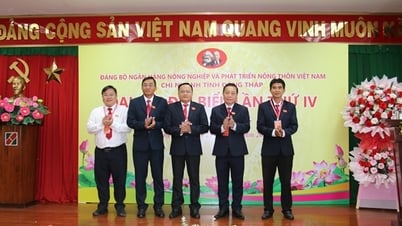

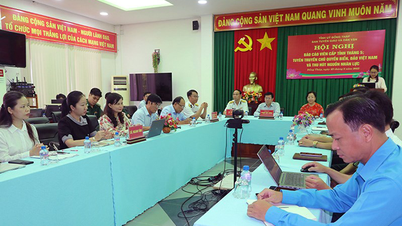
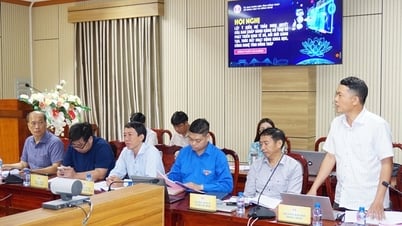










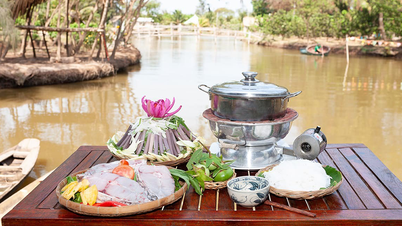
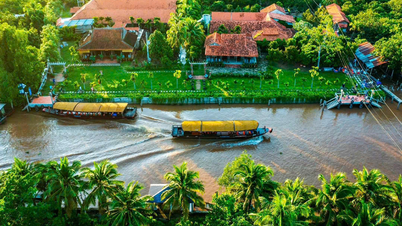
![[Photo] Panorama of the memorial service for former President Tran Duc Luong](https://vphoto.vietnam.vn/thumb/1200x675/vietnam/resource/IMAGE/2025/5/25/d33968481f21434fa9ed0df48b9ecfa9)


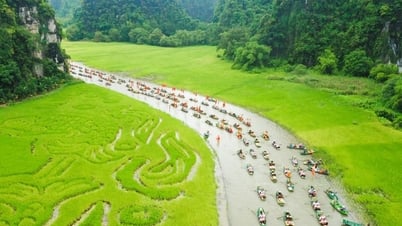

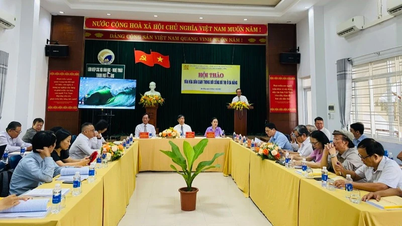





















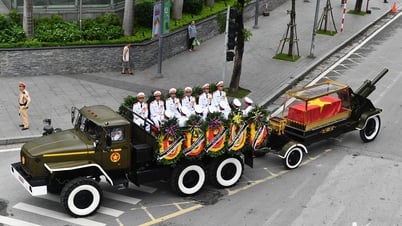



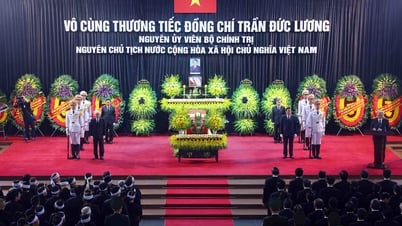
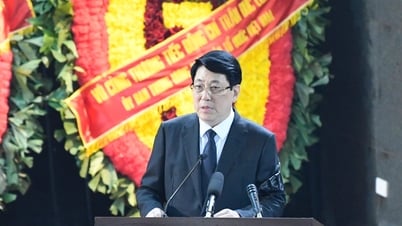








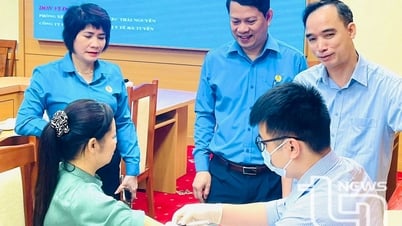





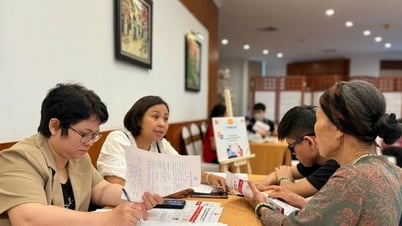


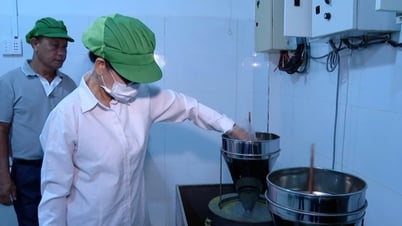




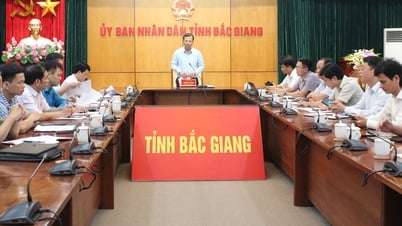



Comment (0)